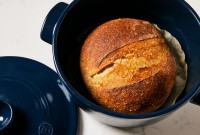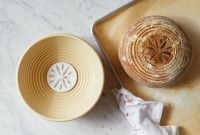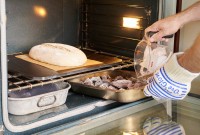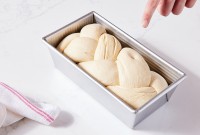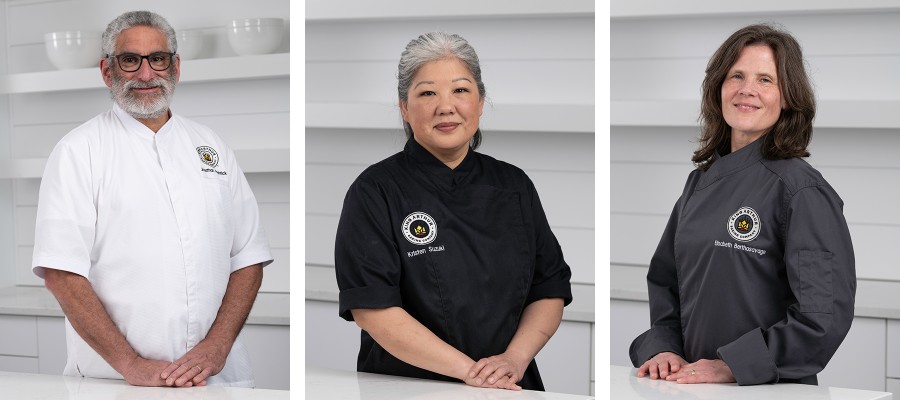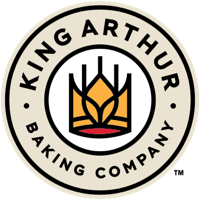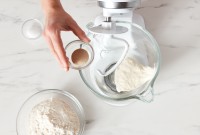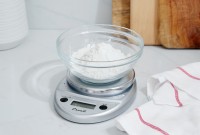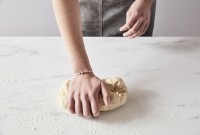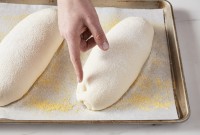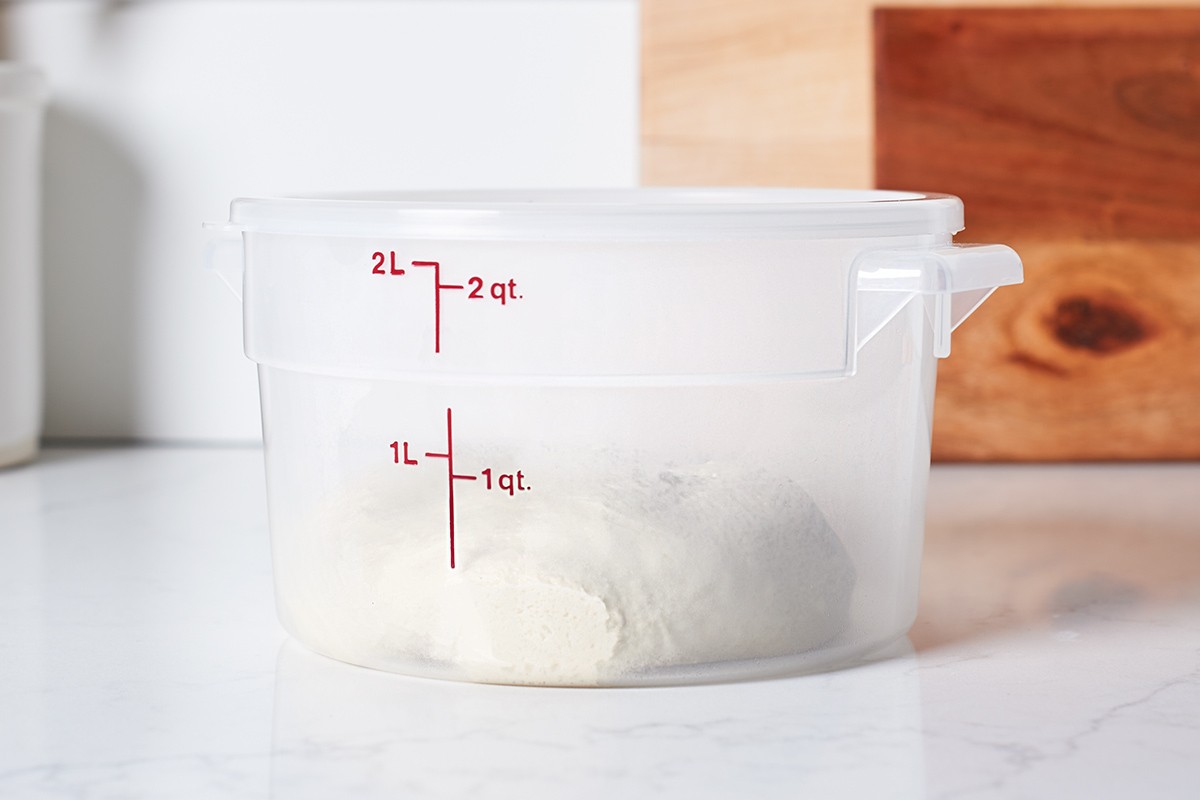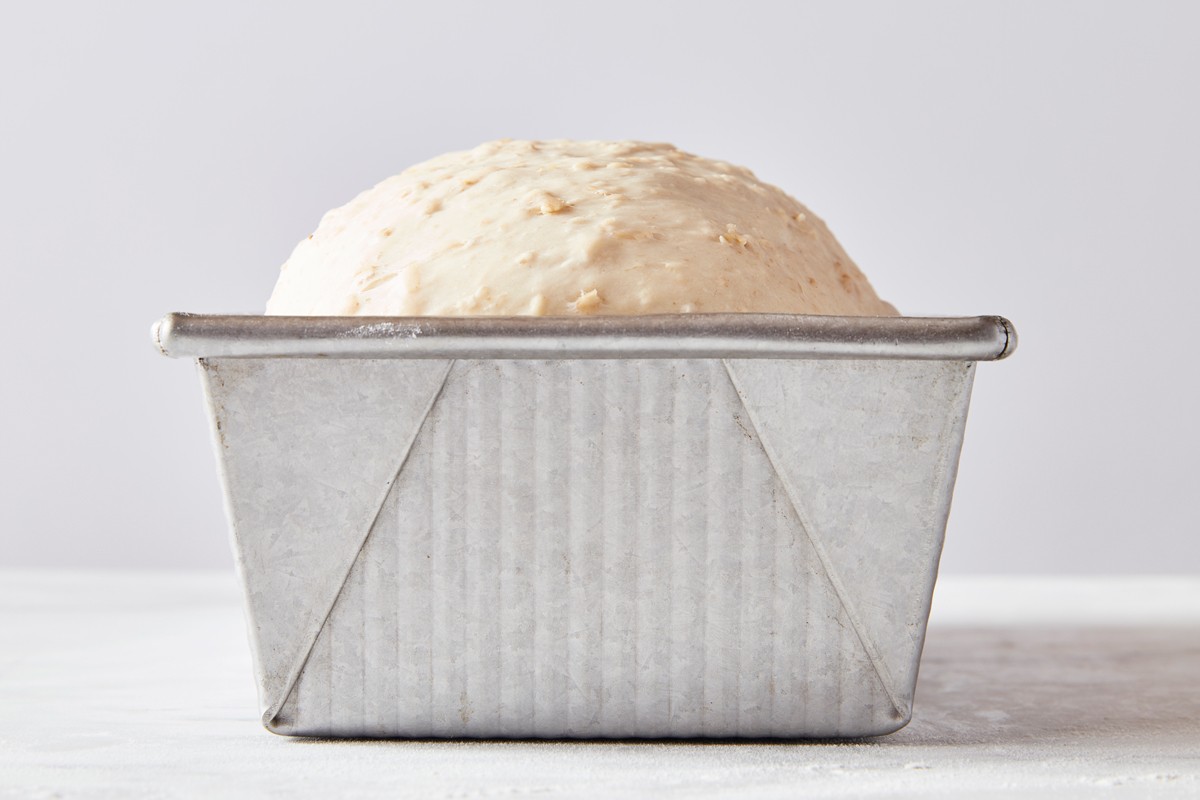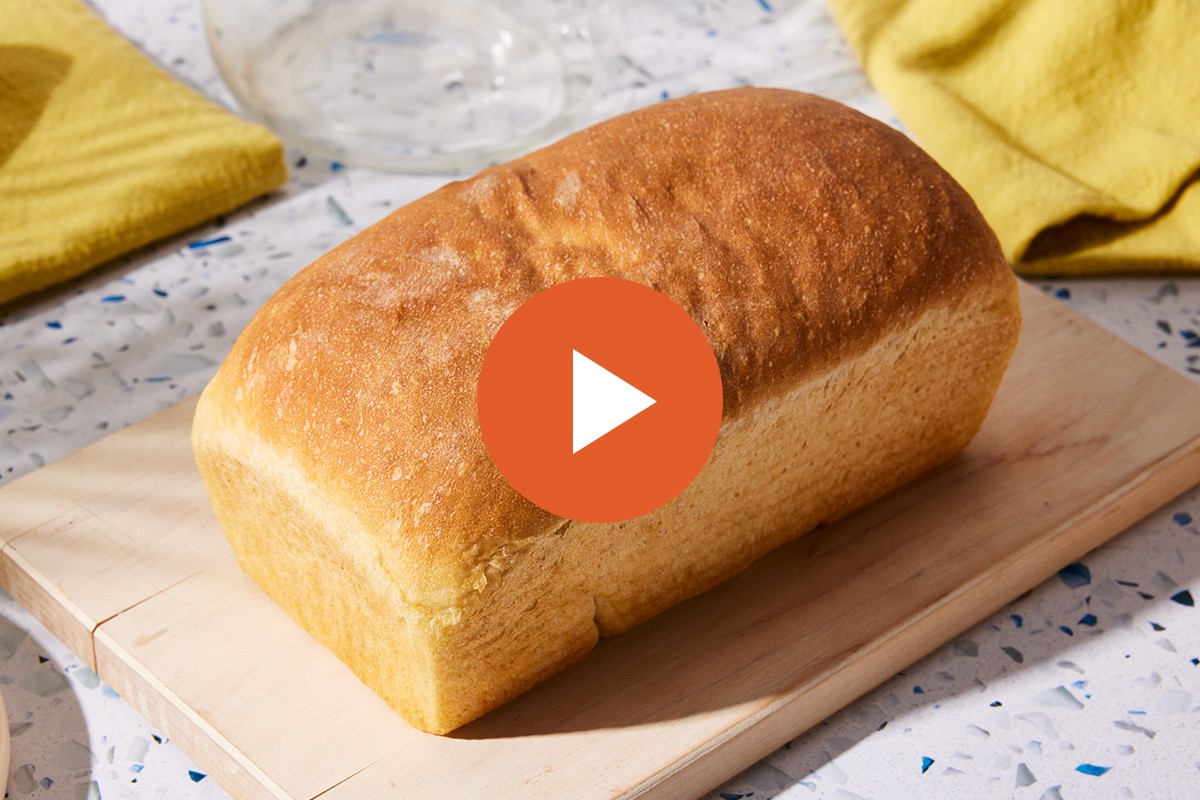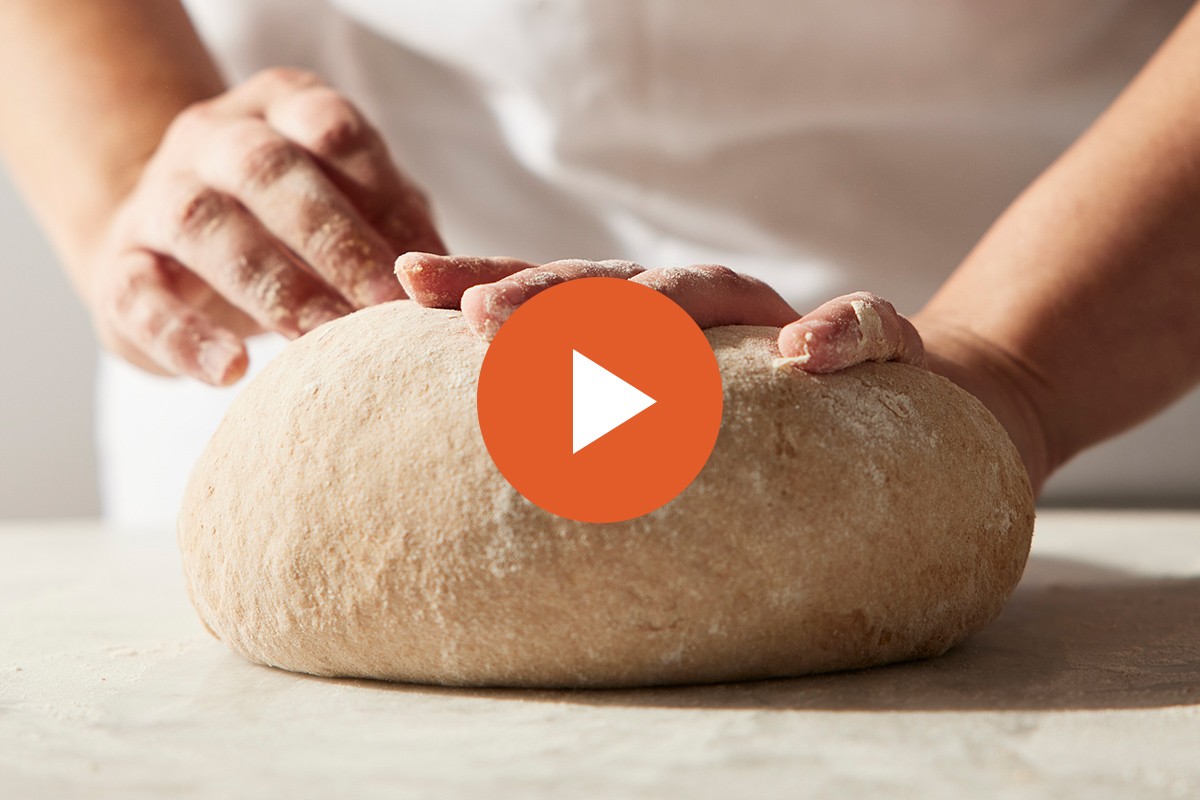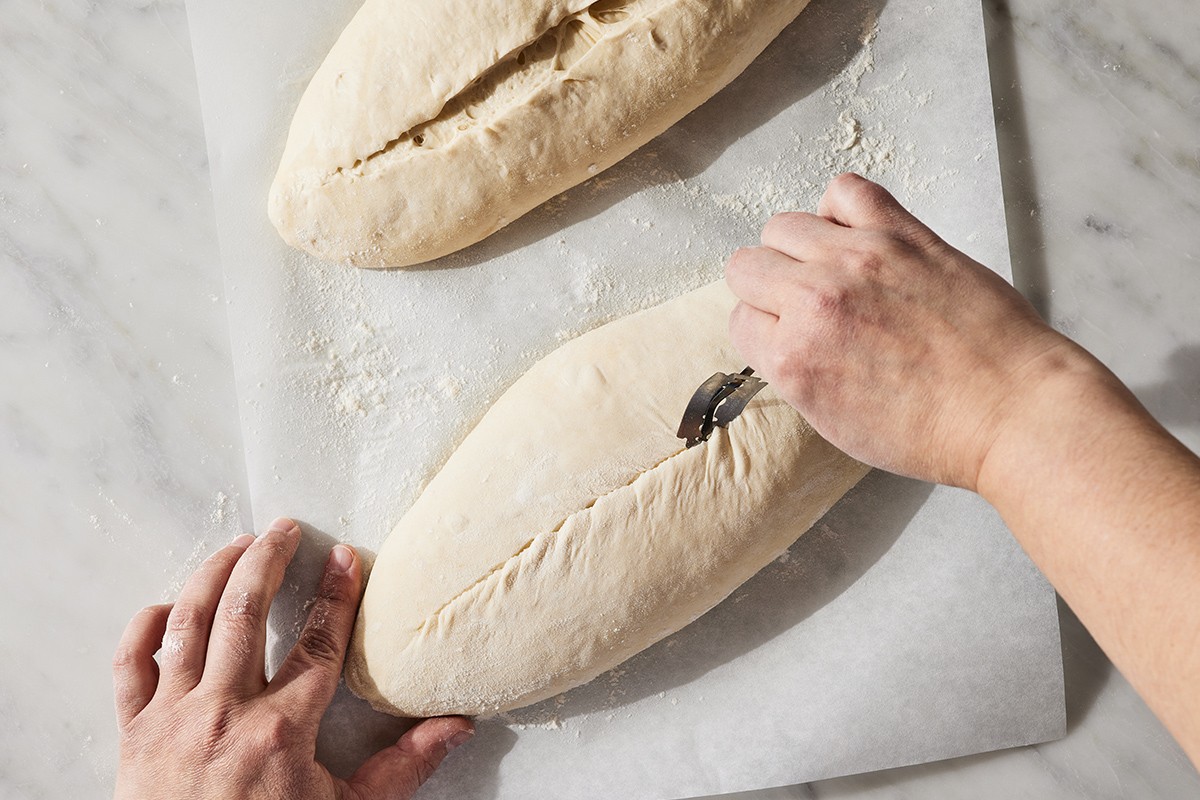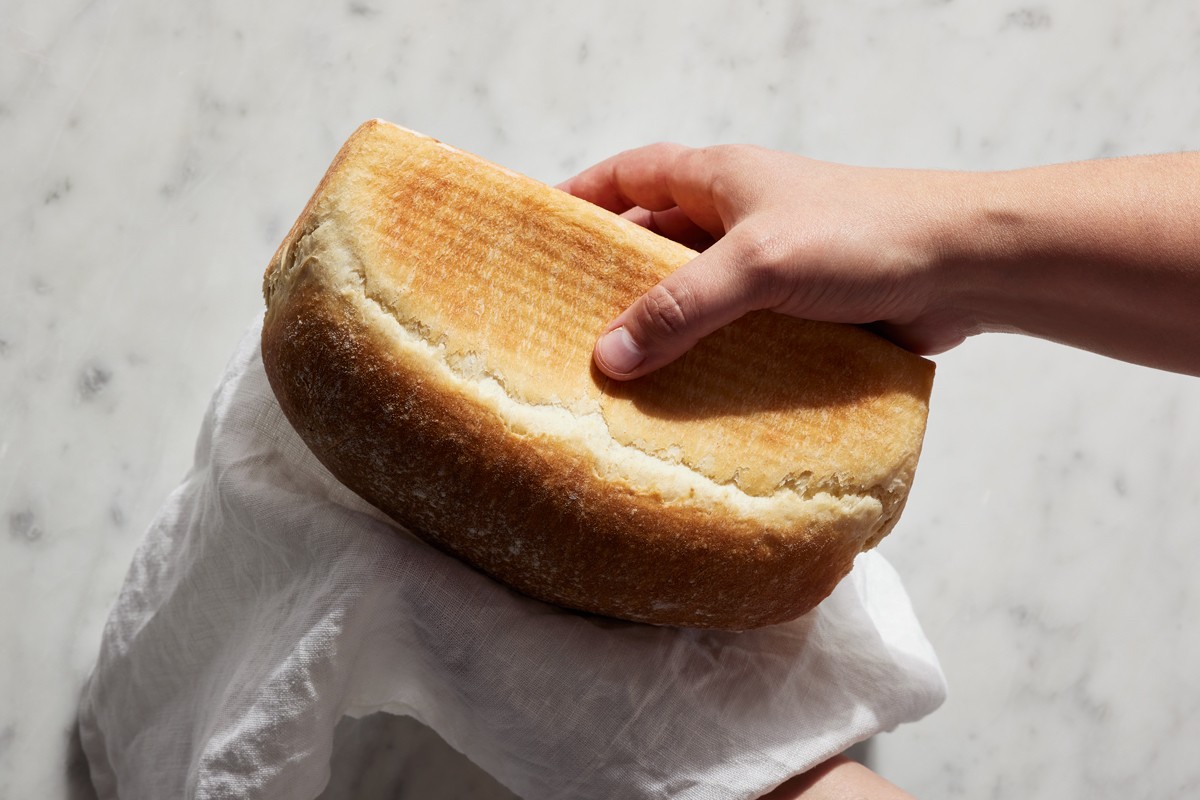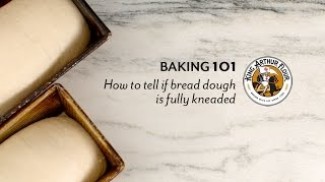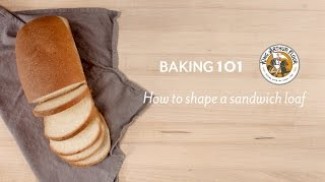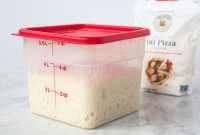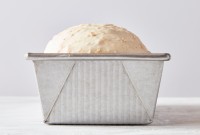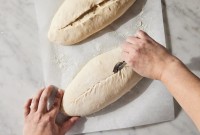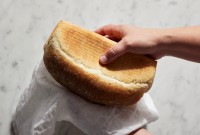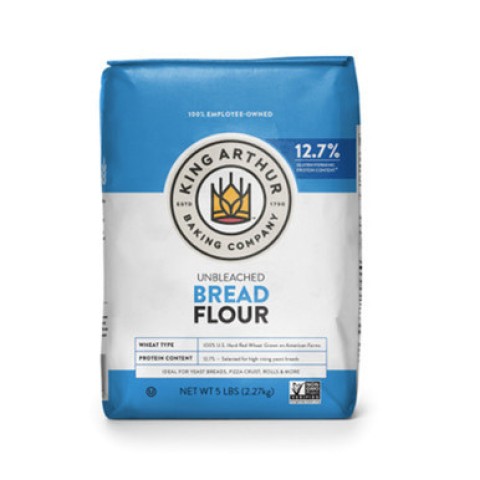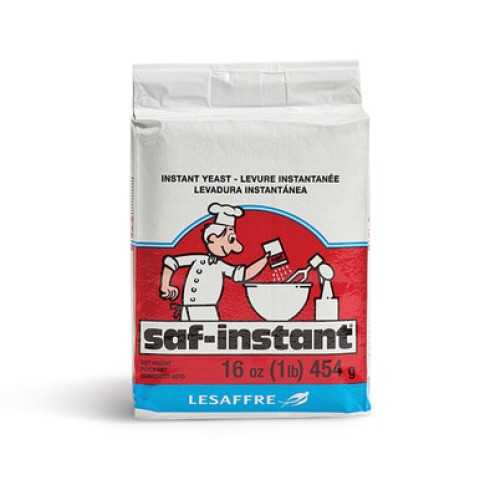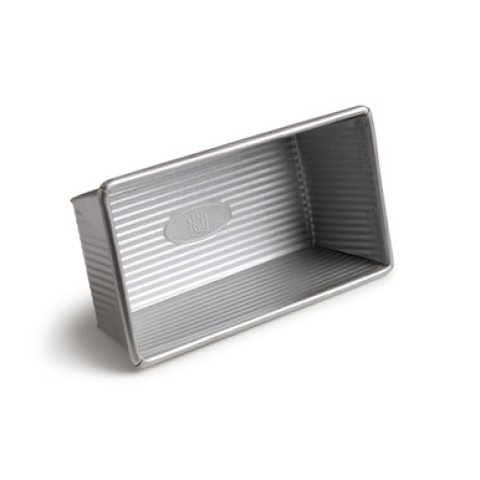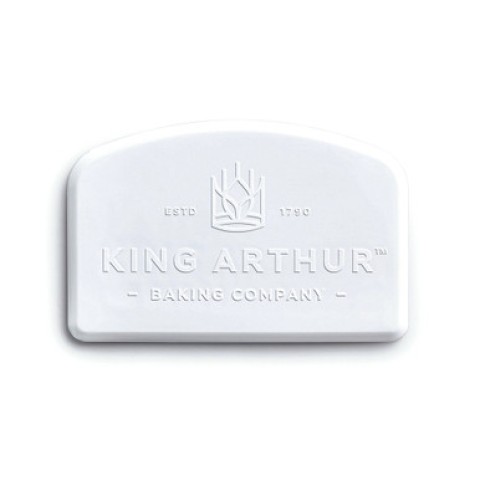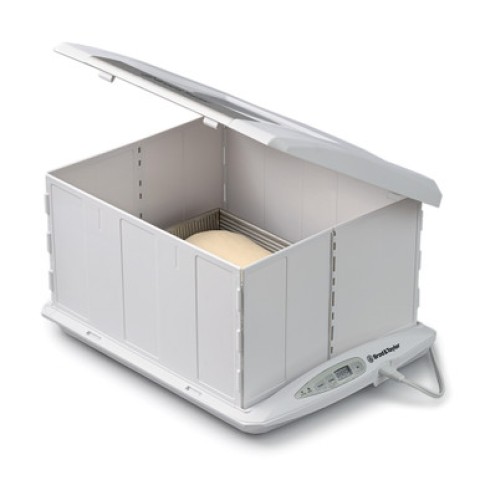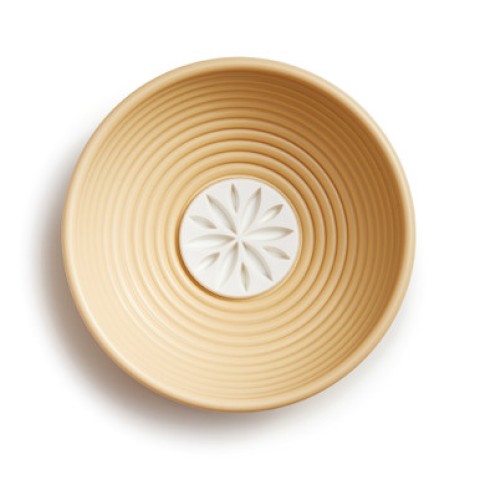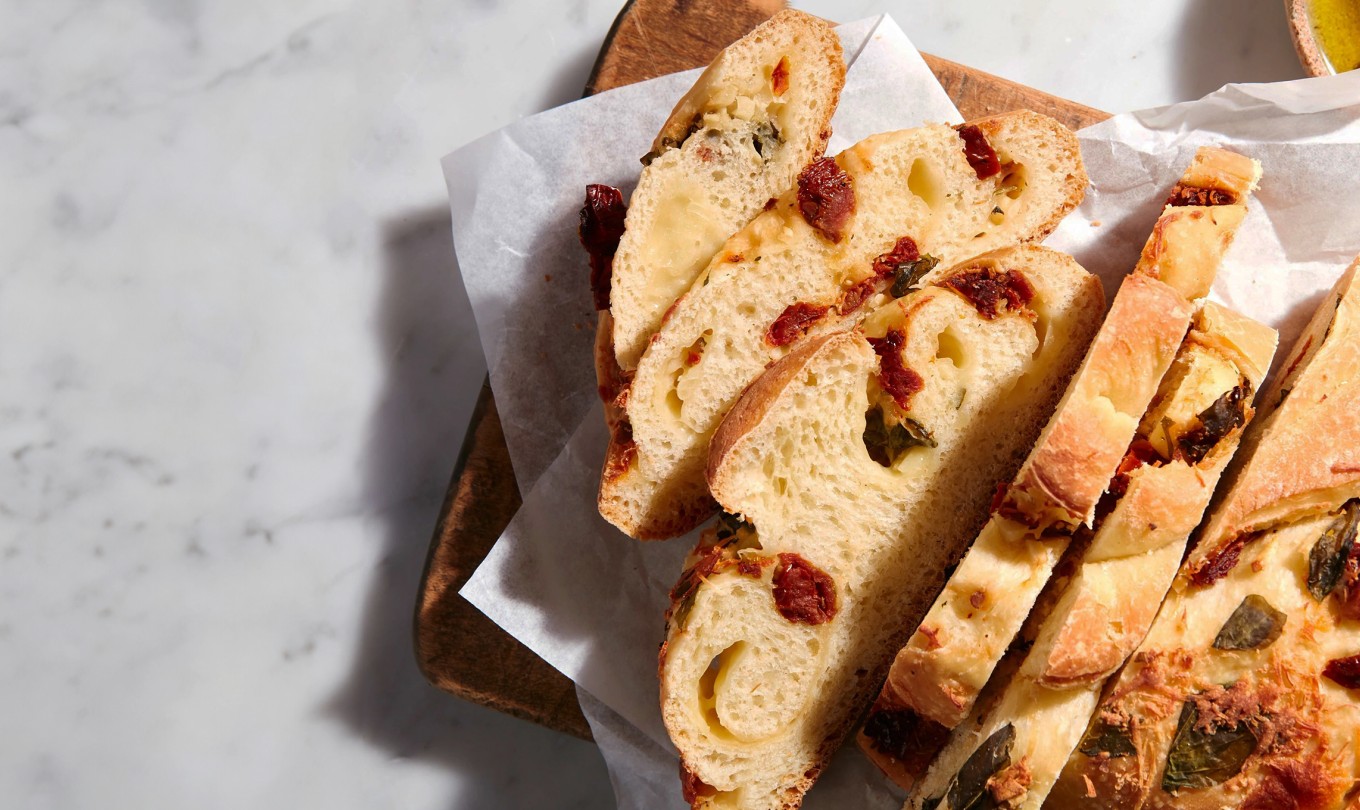
Bread
Start here
Have you ever dreamed about baking a delicious loaf of homemade bread — and then discarded the idea, thinking “yeast baking is too hard”? Well, think again. We’re here to demystify yeast baking for you; before you know it, you'll be baking homemade bread, rolls, and much more. (Looking for sourdough intel? Click here.)
Recipes to start with
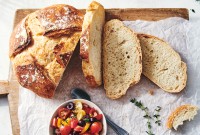
No-Knead Crusty White Bread
The most basic of all no-knead loaves, this is a wonderful way to get into yeast-bread baking. The easy stir-together dough rests in your refrigerator, developing flavor, until you're ready to bake.
Get the recipe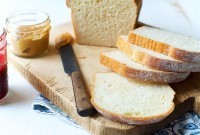
Our Favorite Sandwich Bread
If you’re ready to learn about kneading, start here. This classic white sandwich bread is soft and springy, and it comes together easily with a handful of basic ingredients and straightforward techniques.
Get the recipeFrequently asked questions
What does proofing mean?
Proofing is simply a term that refers to bread rising. It’s when bread dough is left to ferment — the yeast consumes the sugars and starches in the dough and expels carbon dioxide. This causes the dough to expand as it traps the carbon dioxide within its strong and stretchy gluten network. Read more.
How do I know if my bread dough has risen enough?
If you're testing after the dough's second rise (just before it's ready to bake), use the poke test: Lightly flour your finger and poke the dough down about 1". If the indent stays, it’s ready to bake. If it pops back out, give it a bit more time. Read more.
My bread over-proofed. Now what?
You can still save it! Most yeast doughs have a third rise in them — turn the over-risen dough out of the pan and reshape it. Return the dough to the pan and set a timer for 20 minutes (each rise goes faster than the last). Put the bread in the oven when it's no more than an inch above the edge of the pan, so there's some energy left in the dough for nice oven spring. Read more.
Does salt kill yeast?
The short answer: No. The longer answer: It's theoretically possible, but extremely unlikely to happen in your baking. In other words, you can let yeast and salt touch while mixing without issue. Read more.
Does it matter if I use a 9" x 5" or 8 1/2" x 4 1/2" bread pan?
Yes! Size affects rise in a major way. Always use the bread pan your recipe calls for — even that slight difference in size can drastically affect your final loaf. Read more.
Can I refrigerate my bread dough and bake it later?
Most bread recipes have two rises, a first rise (also called bulk fermentation), and a second or final rise. You can chill your dough during either the first or second rise. Your yeast won’t give you much love if it’s asked to do both rises in the fridge, so it’s best to do one or the other at room temperature. Read more.
How do I freeze (and thaw!) my bread?
Allow your bread to cool completely, then wrap it in multiple airtight layers. Store in the freezer for as long as three months. When ready to thaw, simply leave at room temperature for three hours or so. (However, depending on the size of the loaf and the temperature of your kitchen, it may take longer.) Read more.
Expert advice
